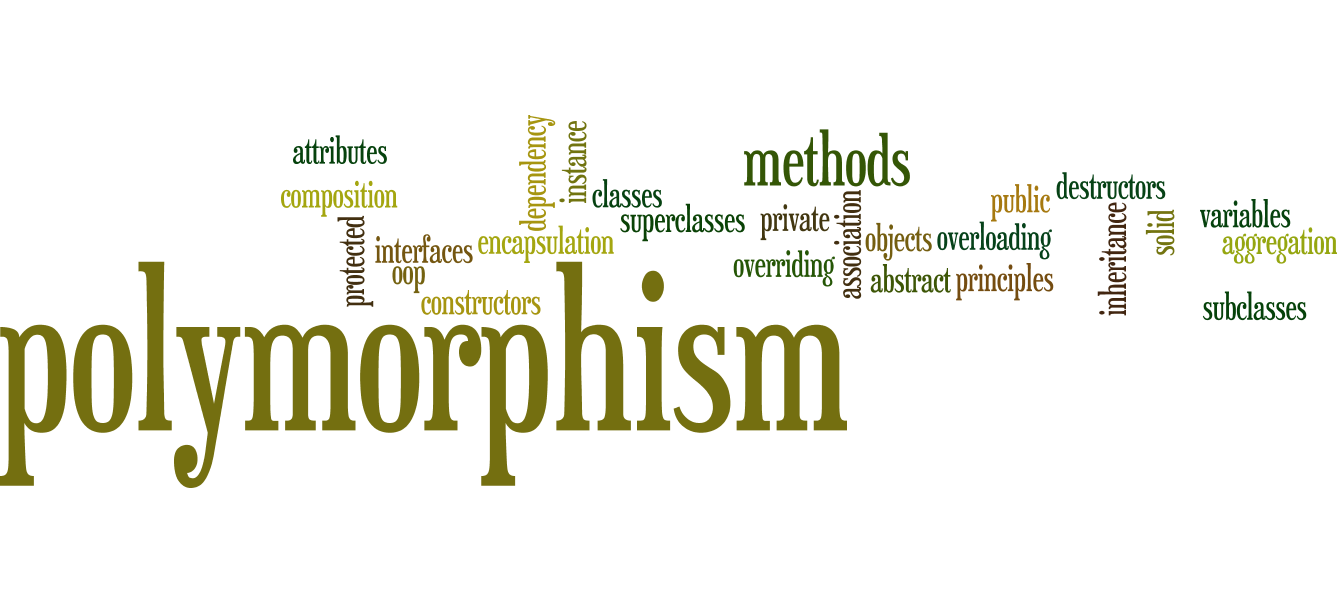Harness The OOP's Power Of Diversity with Polymorphism

Imagine you’re in a world where characters have the ability to transform and take on different roles. They can become warriors, wizards, or even scholars, adapting to various situations. In the realm of programming, Object Oriented Programming (OOP) grants us a similar power through the concept of polymorphism. Polymorphism is like a magical cloak that allows objects to exhibit multiple forms and behaviors. In this article, we’ll embark on an exploration of polymorphism, demystifying its intricacies and unveiling its role in making software more flexible and dynamic. By the end of this journey, you’ll have a clear understanding of how polymorphism contributes to the enchanting world of OOP.
Grasping the Essence of Object Oriented Programming
Before we dive into the enchanting world of polymorphism, let’s take a moment to understand what Object Oriented Programming (OOP) is all about. Imagine you’re crafting a grand story with characters, settings, and events. In traditional programming, you might list out each step like a set of instructions. However, OOP allows you to create characters (objects) with distinct attributes and behaviors. These characters interact with each other, creating a dynamic and engaging narrative, much like the characters in your favorite stories.
The Magic of Polymorphism
Now, let’s introduce the concept of polymorphism. Polymorphism is like having a magical amulet that lets objects transform into different forms while maintaining their essential nature. It allows objects of different classes to be treated as if they belong to a common superclass. This means you can write code that works with a general type of object, and it will seamlessly interact with various specific types of objects.
Imagine you’re designing a game with different creatures – dragons, unicorns, and griffins. Each creature can make a sound, but the sound is unique to each species. With polymorphism, you can create a universal method for making sounds, and each creature will use its own unique sound when called upon.
Types of Polymorphism
There are two main types of polymorphism: compile-time (or method overloading) and runtime (or method overriding).
- Compile-Time Polymorphism (Method Overloading): This is like having a potion that lets you perform different actions with the same gesture. In programming, method overloading occurs when you have multiple methods with the same name but different parameters. The correct method to execute is determined at compile time based on the arguments provided.
- Runtime Polymorphism (Method Overriding): This is akin to characters adapting to new roles as the story progresses. In programming, method overriding occurs when a subclass provides a specific implementation for a method that is already defined in its superclass. The appropriate method is chosen at runtime based on the actual object type.
Benefits of Polymorphism
- Flexibility: Polymorphism adds a layer of flexibility to your code. You can write generalized code that works with a variety of objects, making your program more adaptable to changes and updates.
- Code Reusability: With polymorphism, you can write code that can be reused across different objects. This reduces redundancy and promotes efficient use of code.
- Simplicity: Polymorphism simplifies complex scenarios. Instead of writing separate code for each type of object, you can use a single piece of code that handles multiple cases.
Real-World Analogy: Musical Instruments
To better understand polymorphism, let’s draw a real-world analogy with musical instruments. Think of a superclass called “Instrument” and subclasses called “Piano,” “Guitar,” and “Violin.” Each instrument has a play method that produces a sound. With polymorphism, you can call the play method on any instrument object, and it will produce a unique sound based on its type.
Just as a pianist, guitarist, or violinist can all create beautiful music using their instruments, polymorphism allows different objects to exhibit unique behaviors while being treated as part of a common category.
Summary
Polymorphism in Object Oriented Programming is like a magical cloak that enables objects to transform and take on various roles while retaining their core essence. It enriches the world of programming by offering flexibility, code reusability, and simplicity. By understanding and harnessing the power of polymorphism, you’ll be equipped with a potent tool to create versatile and dynamic software.
As you continue your journey into the realm of programming, remember that polymorphism is a crucial concept that fosters creativity and adaptability. By embracing polymorphism, you’ll become a master of transformation, capable of crafting software that can gracefully evolve and respond to a multitude of scenarios, just like a skilled magician weaving spells of code.
Read more about Fundamentals of Programming.
Suggested Reads
- Learn Binary Numbers in a simple and easy way.
- A simple and amazing Magic Trick using Binary Numbers.
- Learn Hexadecimal Numbers: The simple and easy way.
- Learn to create Flowcharts that are Easy to Understand and Follow.
- Loops in Programming: In the simplest and easy terms.
- An Adventure into Object Oriented Programming
- Encapsulation: The Heartbeat of Object Oriented Programming
- Harness The OOP's Power Of Diversity with Polymorphism
- Build powerful and meaningful relationships in OOP using Inheritance
- Abstraction - Illuminating the Nexus of Simplified and Profound Concepts
- Design Patterns for Unparalleled Excellence
- Harnessing the Essence of Classes and Objects
- Adapter Pattern
- Bridge Pattern
- Composite Pattern
- Decorator Pattern
